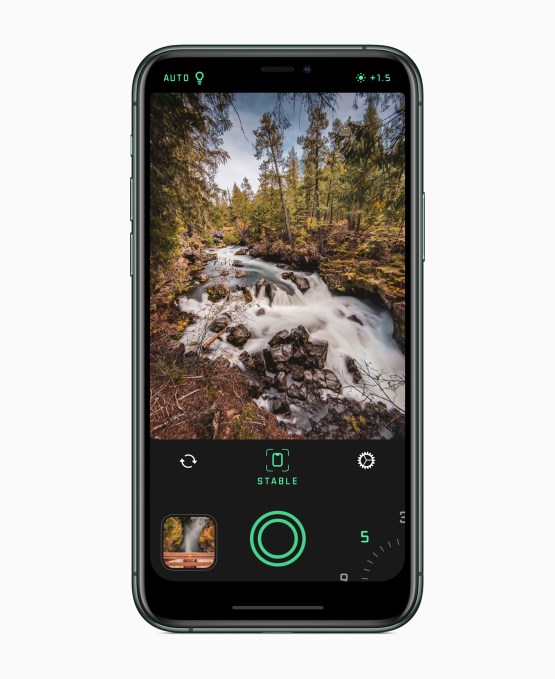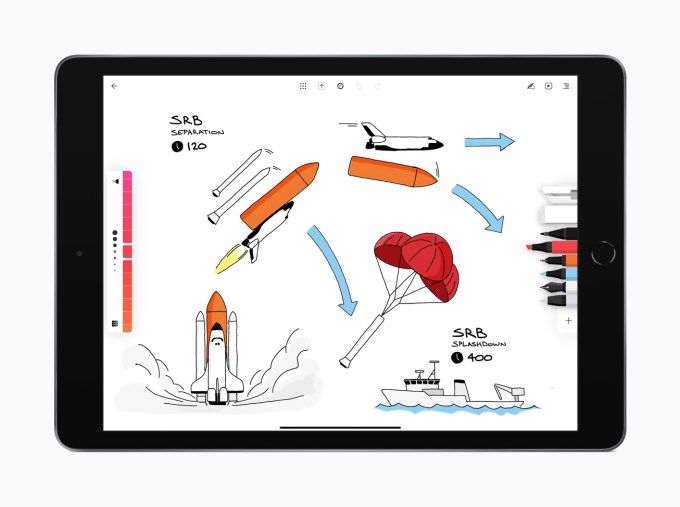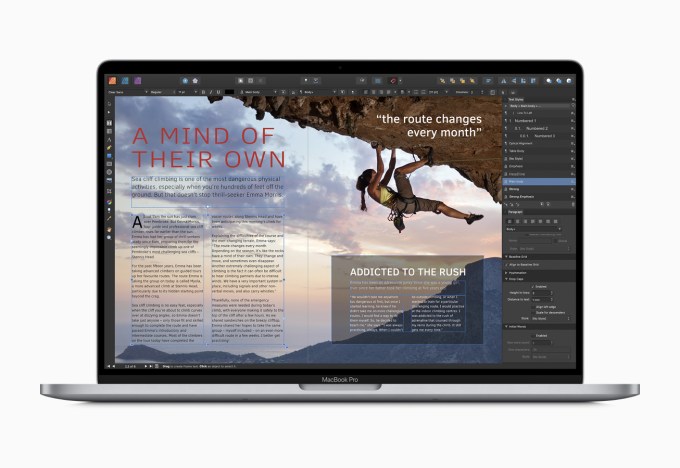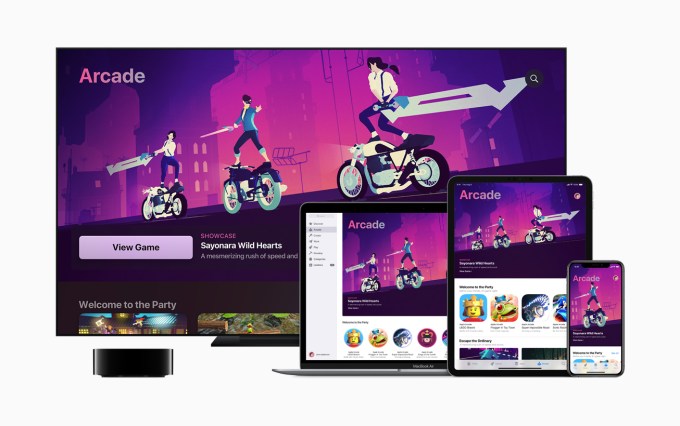Continuing their annual tradition, Apple and Google have released their list of the best apps and games of 2019. Apple, for the first time, held a real-world event to celebrate its winners, where it crowned A.I.-powered camera app, Spectre Camera as its best iPhone app of the year and Sky: Children of the Light as its best game. Google, meanwhile, dubbed teen messaging app Ablo as its app winner and Call of Duty: Mobile as its best game.
Apple’s event held in New York put its winning developers in front of media in order to demonstrate their apps and games. The event was less formal than the Apple Design Awards held at the company’s worldwide developer conference each year, and instead focused on private presentations to press.
Apple said its winners this year sit “at the nexus of digital and pop culture,” but its list really better highlights what Apple thinks are the key selling features for its devices. For example, with Spectre Camera by Lux Optics, it’s about the iPhone’s ability to serve as your main camera even for complicated tasks like long-exposure photos.

The iPad app of the year was Flow by Moleskine, an app that already won a 2019 Design Award. In this case, the digital notebook app shows off a top iPad use case of being a device aimed at creative professionals. Users can take advantage of its digital graphite pencils and chisel-tipped markers to draw and sketch as they could in real life.

The Mac app of the year, Affinity Publisher by Serif Labs, allows users to design and publish books, magazines, brochures, posters, and more — a task that best lends itself to a larger device with a full-sized keyboard.

Finally, the Apple TV app of the year, The Explorers by The Explorers Network, showcases something that works best on your TV’s larger, high-def screen. The app’s community of photographers and videographers are working together to create a visual inventory of the natural world, which you can enjoy on your big screen.

Apple’s iPhone Game of the Year, Sky: Children of the Light by thatgamecompany (makers of Journey, the 2013 Game of the Year), iPad Game of the Year Hyper Light Drifter by Abylight S.L., and Mac Game of the Year GRIS by Nomada Studio, are all the sort of beautiful-designed games that Apple prefers to showcase.
Today’s gaming market has become over-filled with free-to-play titles due to the sort of supported business models that work on the App Store. That’s something Apple Arcade is an attempt to correct, in fact. Apple winners show that even free games can be works of art.

Sky: Children...is a free to play social adventure with in-app purchases, but is also beautiful and creative. Similarly, adventure game Hyper Light, was already a visual arts award winner at the Independent Games Festival. And GRIS has been described as one of the most gorgeous games.
[gallery ids="1919528,1919530,1919526"]
The Apple TV Game of the Year, Wonder Boy: The Dragon’s Trap by DotEmu was developed by LizardCube with the cooperation of series creator Ryuichi Nishizawa, to bring an 80’s cult classic back to life. That’s part of one of Apple’s larger App Store gaming trends — a year of “blockbusters reimagined.”
Apple also gave mention of other launches in this space like Mario Kart Tour, Dr. Mario World, Minecraft Eart, Pokémon Masters, Assassin’s Creed Rebellion, Gears POP!, The Elder Scrolls: Blades, Alien: Blackout, and Google’s Game of the Year, Call of Duty: Mobile.
And in what could be the start of a new tradition, Apple also anointed an Apple Arcade Game of the Year with the gorgeous, fast-paced and music-filled Sayonara Wild Hearts developed by Simogo and published by Annapurna Interactive.

Apple’s year-end list also highlighted App Store non-gaming trend of “Storytelling,” which featured a variety of apps to tell stories, including visually, as well as through audio and text. Noted apps here were Anchor, Canva, Unfold, Steller, Spark Camera, Over, and Wattpad.
Google doesn’t go all-out as Apple does for its “Best of 2019” picks.
Instead, it simply featured best app Ablo and best game Call of Duty: Mobile as its editorial picks, then leaves the rest to a User’s Choice. Voters selected the same game, but gave the Best App award to a video editor, Glitch Video Effects.
[gallery ids="1919563,1919561,1919562"]
Google’s full list also includes Google Play’s best ebooks, audiobooks, TV shows and Movies, which you can see here.



 Explains Google, the idea with the new direct sharing option is not to replace users’ preferred messaging apps — a strategy that differs from Google’s investments in apps like Hangouts and Allo in previous years. Instead, the feature wants to relocate some of the photo-sharing activity that takes place in messaging apps to Google Photos.
Explains Google, the idea with the new direct sharing option is not to replace users’ preferred messaging apps — a strategy that differs from Google’s investments in apps like Hangouts and Allo in previous years. Instead, the feature wants to relocate some of the photo-sharing activity that takes place in messaging apps to Google Photos.






